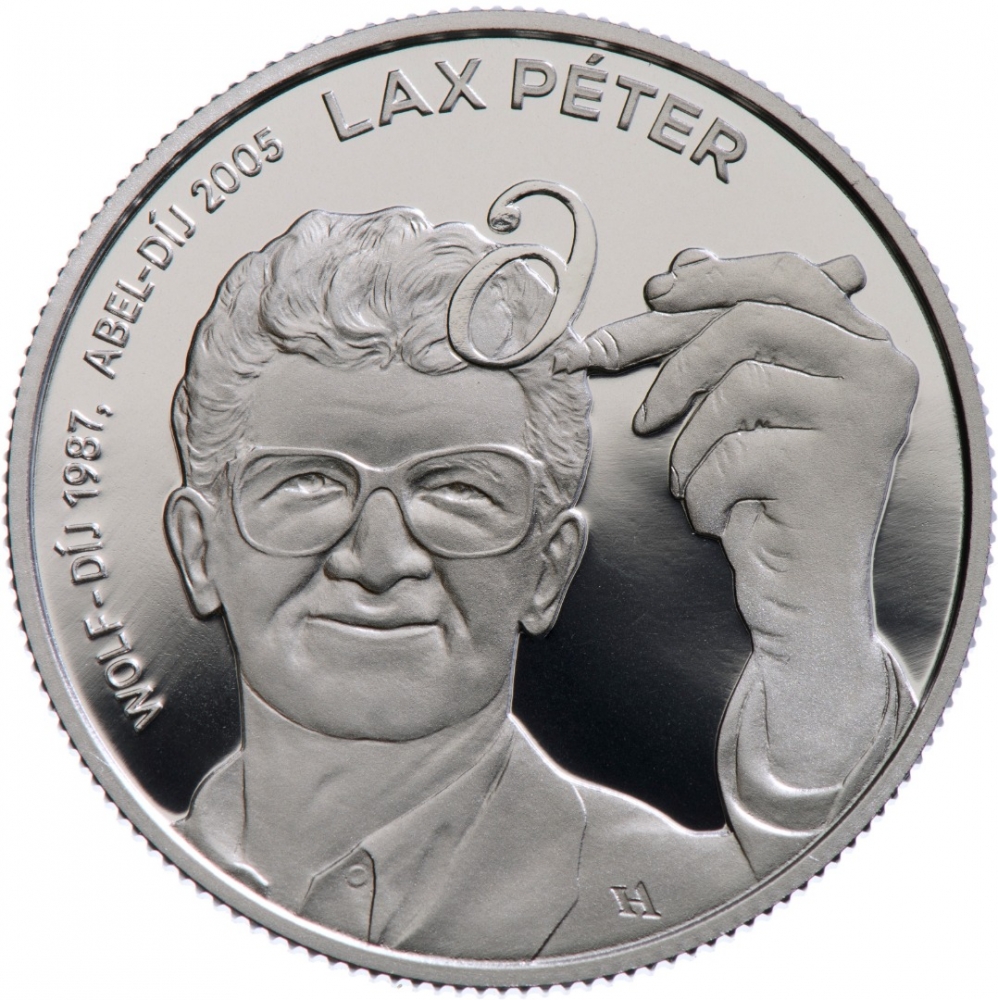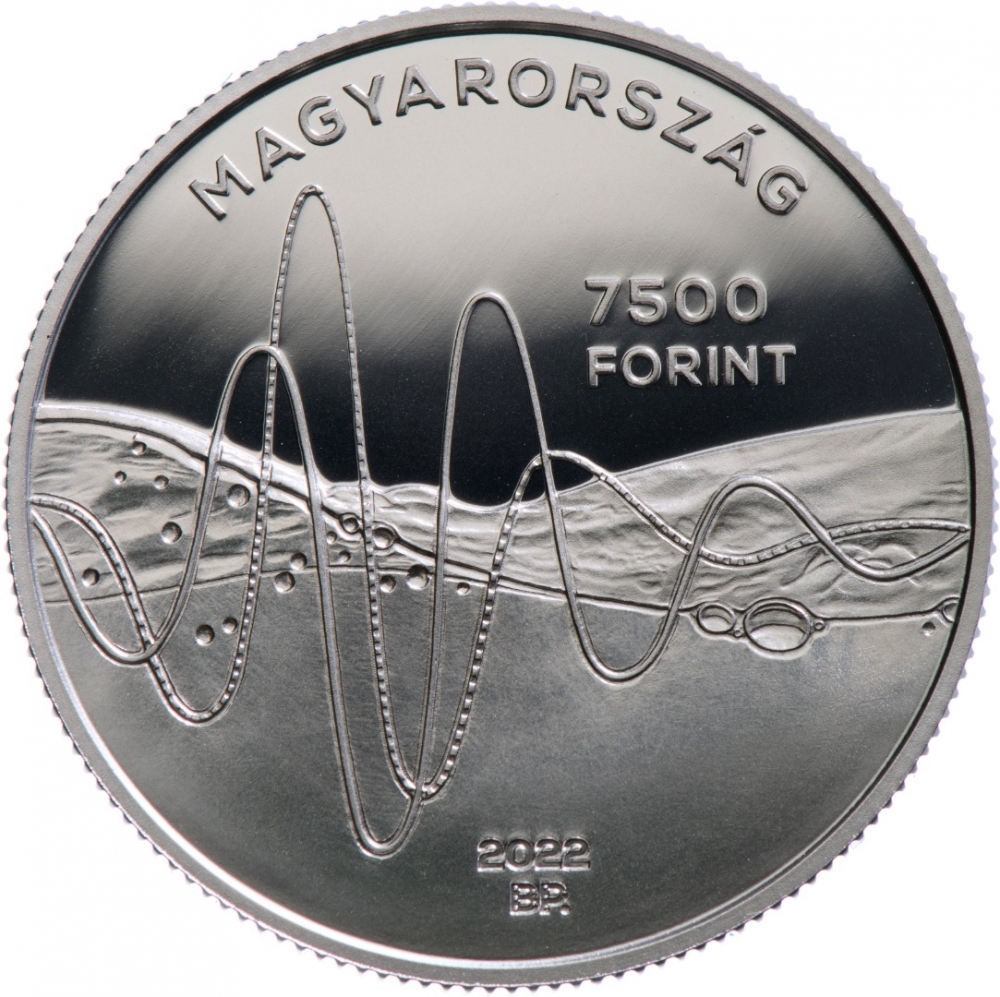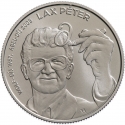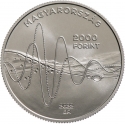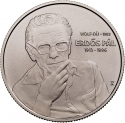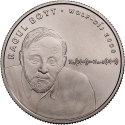You are about to finish your registration. Please check your mailbox (including spam folder). There should be a letter with a confirmation link. Check setting to make sure that your e-mail address is correct.
Send letter againDescription
The Wolf Prize is a prestigious international award granted in the fields of agriculture, chemistry, mathematics, medicine, physics, and arts. It was established in 1978 by the Wolf Foundation in Israel, founded by Dr. Ricardo Wolf, a German-born inventor, diplomat, and philanthropist, and his wife Francisca. The prize aims to recognize outstanding achievements in these areas and promote the advancement of science and culture worldwide. It is awarded annually, with laureates receiving a diploma and a monetary award. Many recipients of the Wolf Prize have gone on to win Nobel Prizes in their respective fields.
Peter Lax (born Lax Péter Dávid) was a Hungarian-American mathematician born in Budapest, renowned for his work in applied mathematics, particularly in the theory of partial differential equations, fluid dynamics, and computational theory.
Lax made significant contributions to mathematics, including the development of Lax pairs and the Lax–Milgram theorem. He was also known for his mentorship and support of younger mathematicians, influencing generations through his research and teaching.
In recognition of his outstanding contributions to analysis and applied mathematics, Lax was awarded the prestigious Wolf Prize in Mathematics in 1987 and the Abel Prize in 2005 for his pioneering work in the theory, applications, and numerical solutions of partial differential equations. Throughout his career, he received numerous awards and honors, including the National Medal of Science in 1986.
Engraver: Andrea Horváth
Obverse

|
Depicts Péter Lax writing on an imaginary board. Along the edge, in a circular border, on the left side, the inscriptions "WOLF PRIZE 1987, ABEL PRIZE 2005" denote Lax Péter's outstanding mathematical awards and the year of their presentation. Above, the inscription "LAX PÉTER" is visible, below which is the mathematical notation for partial differentiation. Along the bottom edge, the engraver's privy mark is incorporated into the illustration. WOLF-DÍJ 1987, ABEL-DÍJ 2005 LAX PÉTER |
|---|---|
Reverse

|
Depicts waves and curves modeling the movement of water, symbolizing the coexistence of theoretical, applied, and computational mathematics in the work of Péter Lax. Along the top edge, the inscription "HUNGARY" is engraved within a circular border. Just below, slightly to the right, in two lines, the denomination and the inscription "FORINT" are displayed. At the bottom, centered, in two lines, the issuance year "2022" and the mintmark "BP." are arranged. MAGYARORSZÁG |
| Edge |
